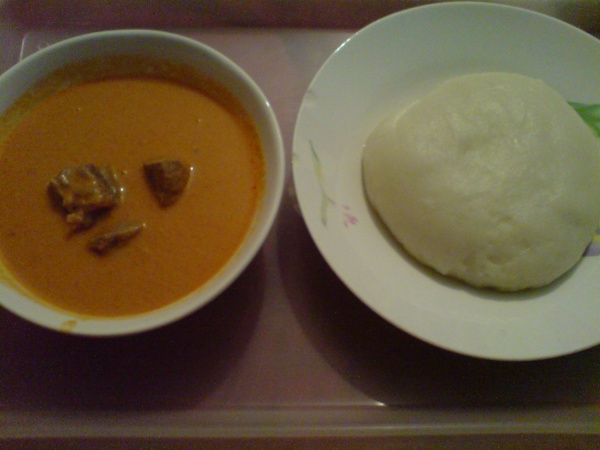Facts About Democratic Republic of the Congo cuisine
The cuisine of both the Democratic Republic of the Congo and the Republic of the Congo is remarkably diverse, reflecting the rich culinary traditions of the indigenous communities. Staple foods in these regions include cassava, fufu, rice, plantains, and potatoes, which are often accompanied by an array of side dishes.
The Congolese diet features a wide assortment of crops such as maize, rice, cassava, sweet potatoes, yams, taro, plantains, and tomatoes. Coffee and palm oil are particularly significant as export commodities.
A typical Congolese meal generally comprises a starchy base, vegetables, and some form of meat, frequently prepared as a stew. Common starches include fufu or ugali, made from cassava or corn flour. Other popular dishes include kwanga (a type of fermented bread), lituma (mashed plantains), and rice mixed with beans. Green vegetables like cassava leaves, tshitekutaku, and okra are regularly incorporated into meals. For protein, people often consume fish, goat, chicken, and even edible insects such as grasshoppers and caterpillars.
To enhance the flavors, sauces made from tomatoes, onions, and local herbs are commonly used, along with spices like hot red chili pepper. In the capital city of Kinshasa, Nganda restaurants serve a blend of regional dishes and Western cuisine, catering to diverse tastes and offering a variety of traditional foods.
Some well-known Congolese dishes include moamba, chikwangue, fufu, sombe, and palm wine, along with various meat and fish preparations.

 Tanzania
Tanzania